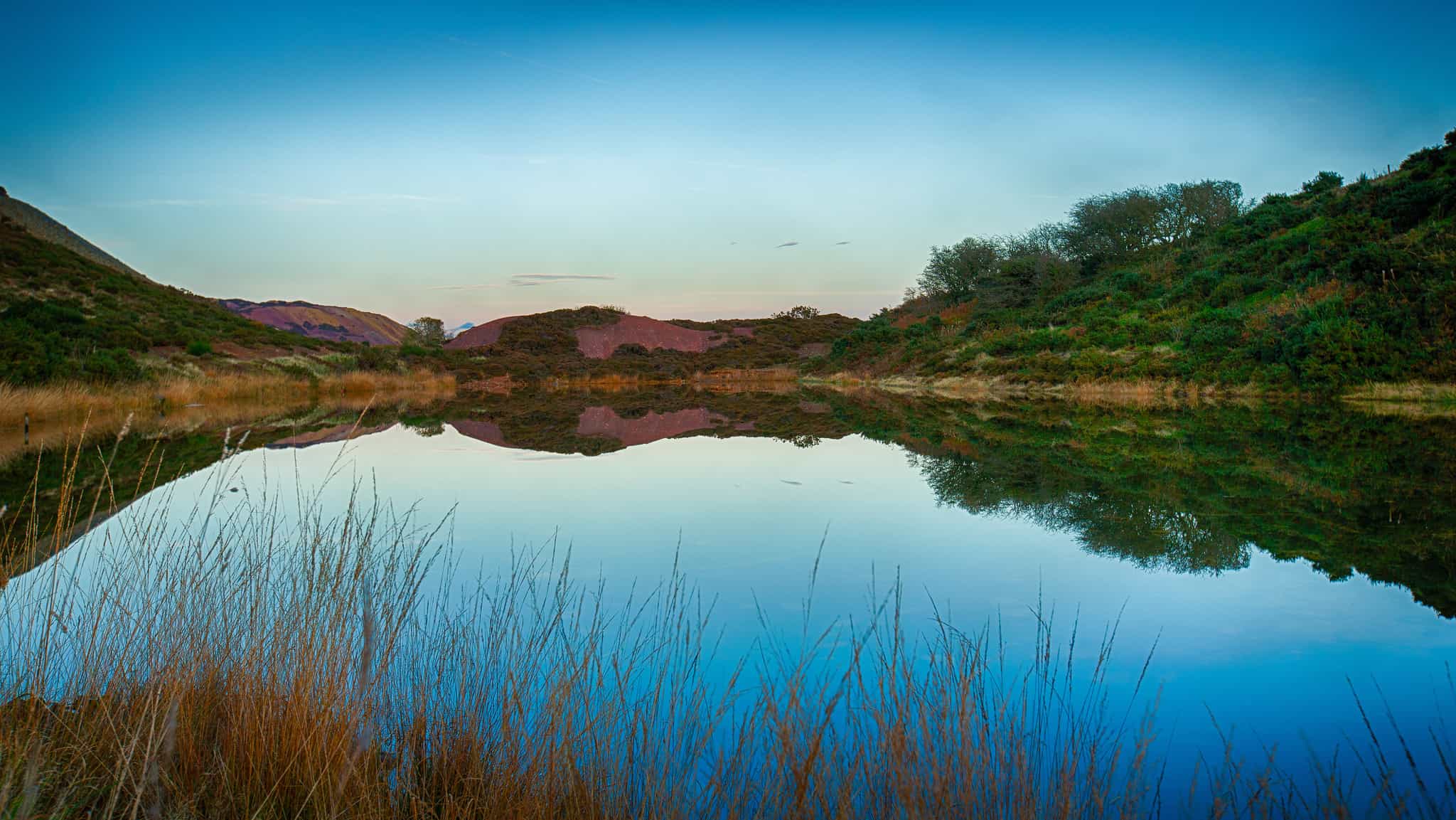Despite being part of the United Kingdom, Wales has a distinct cultural identity and many residents speak both Welsh and English. The country has been continually inhabited for more than 29,000 years and modern Wales was greatly shaped by the Roman occupation which lasted over 300 years. After the collapse of Roman rule the land became divided by kingdoms. Remains of some of these medieval towns and kingdoms are scattered across the country and add to the adventure when hiking one of Wales’ great walking trails.
Beacons Way
 https://www.flickr.com/photos/steveoliver/
https://www.flickr.com/photos/steveoliver/
Traveling east to west through Brecon Beacons National Park, the 161 km trail begins just off the B4521 road a bit south of Ysgyryd Fawr. There are many elevation changes although none are severe, and the scenery through the valleys is as amazing as the views from the hills. The path passes Craig-y-Nos Castle – a gorgeous Victorian-Gothic country house that is now a boutique hotel – before finishing at the village of Bethlehem. Two Iron Age hill forts are nearby.
In poor weather some sections of moorland can be hazardous and the trek is only recommended for experienced walkers. While it is possible to set an itinerary and book lodging ahead, the area is fun to explore and many hikers opt for a longer holiday and take extra time to enjoy the park.
Glyndwr’s Way
 https://www.flickr.com/photos/47042618@N06/
https://www.flickr.com/photos/47042618@N06/
Named for the Welsh prince Owain Glyndwr (seen as Owen Glendower in Henry IV, Part 1 by Shakespeare), the 217 km trail begins on the English border in Knighton and links with the historic Offa’s Dyke Path. The horseshoe-shaped trail passes through small towns and villages that are charming and delightfully Welsh.
Many sections of the trail are challenging and some hikers opt to do it a section at a time, often on the weekends. Prepared trekkers can finish the journey in about ten days, but historians will want extra time to explore the many battlefields in the region that were sites of Glyndwr’s rebellion against the English.
Offa’s Dyke Path
 https://www.flickr.com/photos/22991060@N04/
https://www.flickr.com/photos/22991060@N04/
One of the best walks in the world, the 283 km trail follows the remnants of Offa’s Dyke, an earthwork constructed in the 8th century under the orders of Mercian King Offa. The dyke runs along the border between former Mercia (Anglian) and the kingdom of Powys (Welsh). The earthwork consists of both a ditch and a raised portion and was intended to protect Mercia.
Most trekkers head north and plan for a 12 day walk to finish the route. The path crosses the Black Mountains, hills, moors and the Clwydian Range and passes near or through many small towns. Most of the path has wide-open views and the entire trail takes you from coast to coast.
Llangollen Round
It’s an exhilarating walk around the lovely vale of Llangollen that takes you through all the surrounding summits. Although many walkers opt to take three or four days to complete the loop, it’s not uncommon to see power walkers determined to travel the route in one day.
The area is peaceful and does not invite a rushed walk. Amblers can take the time to enjoy the heather that blooms in the summer and the views from the hills when the weather is clear. There is abundant wildlife in the vale and you’ll be sharing your walk with peregrine, merlin, golden plover and the occasional grouse. You can also catch a glimpse of the Pontcysylite Aqueduct that stretches 306 metres across the Dee Valley.
Three Castles Walk
 https://www.flickr.com/photos/lamerie/
https://www.flickr.com/photos/lamerie/
This could be taken as an offshoot of the Offa’s Dyke Path or the 31 km route could be its own adventure. The path travels through woods and hills, passing over Graig Syfyrddin and its views of the Wesh Marches and the Forest of Dean.
The Three Castles were constructed at various times after the Norman Conquest, probably on top of earthen defenses that had been raised earlier. Skenfrith Castle is in Monmouthshire and the remains that still stand date from the early 13th century. Grosmont Castle is mostly ruins and was built over the 13th and 14th centuries. White Castle was possibly built sometime in the late 11th century and was part of a medieval manor.
Wye Valley Walk
 https://www.flickr.com/photos/velo_denz/
https://www.flickr.com/photos/velo_denz/
An easy stroll along the river valley, the 28km path traverses a few dramatic gorges, but mainly sticks to gentle hills. The journey is pleasant and passes through or near historic towns and medieval Tintern Abbey. Goodrich Castle and the Hereford Cathedral are also just a few steps away from the trail.
The trek is typically divided into seven days, allowing time to visit sights and enjoy the towns along the way. Begin at Chepstow Castle and allow yourself an extra day just to visit these ruins and walk the battlements.


